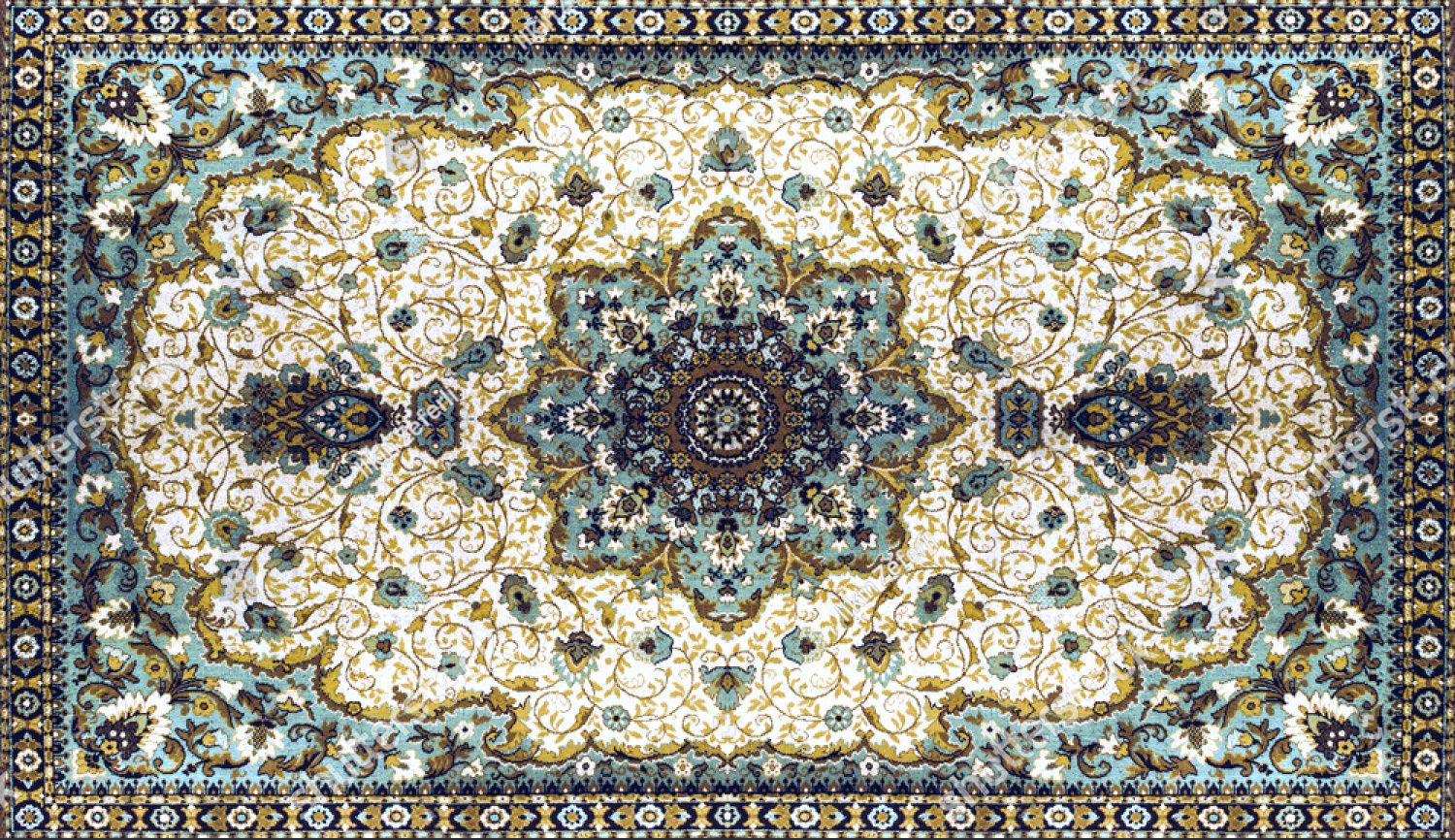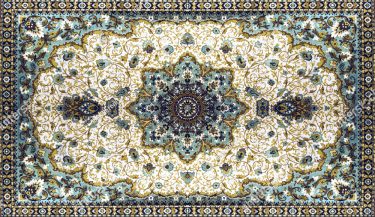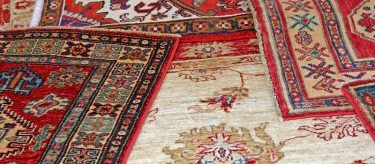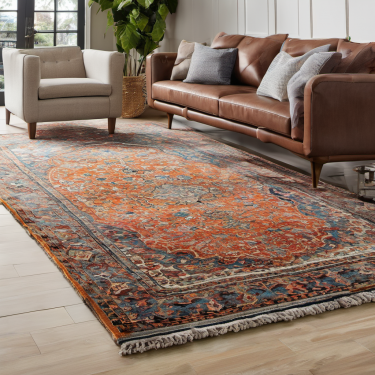Guidelines for Purchasing Hand-Knotted Rugs
Home » Green Carpet Blog » Oriental Rug Care » Guidelines for Purchasing Hand-Knotted Rugs


Hand-knotted rugs are timeless masterpieces. Consumers prefer hand-woven rugs to decorate their office or room spaces. Their exotic styles are the testaments of rich cultural values. Whether you are looking for handmade rugs of materials or vivid color combinations, your first thought will be its value after high foot trafficking. Therefore, the optimum pricing of your handmade rugs depends upon their uniqueness, Knotts density, sizes, color schemes, geometric designs, age, and cultural values.
We will illuminate key features affecting the purchase of hand-knotted rugs. These brief guidelines will help you understand the fundamental attributes of hand-knotted rugs.
How Does Material Quality Affect The Purchasing Patterns Of Hand-Knotted Rugs?
The choice of material dramatically influences the making of hand-knotted rugs. Whether you are looking for high-quality wool or luxurious silk, your first choice will depend upon the refinement of material quality. Your hand-knitted rugs are made from high-quality materials, like cotton, silk, wool, or natural fibers such as jute and sisal for hand-knotted rug backing. Your hand-knotted Rug is spun by silk or wool if it is adequately backed by a refined dye base of jute or thread quality across the loom.
Your material influences the quality of knots by craftsmen to make hand-knotted rugs as master artworks. Hand-knotted rugs are labor intensive; therefore, your material quality affects how to make the craftsman’s work time-saving and refined, your material includes high-quality wool, silk, and cotton fiber. Thus, you must prioritize the quality of materials over all other hand-knitted rugs.
How Do Knot Numbers Impact Your Buying of Hand-Knotted Rugs?
Your Knott styles and density in hand-woven rugs impact the visual appearance and consumer buying behaviors. Whether you want to buy traditional Persian rugs or geometrical Turkish designs, the number of Knotts and their geometric or calligraphy patterns are the game changers. Usually, your hand-woven rugs have a central medallion with repeated patterns of floral or geometric motifs. Traditional Klim, Persian, and oriental rugs have flat weaving methods, and their number of knots per square inch is more than 500 hundred. Therefore, their demands are higher than traditional Turkish rugs. Thus, classic rugs with rich cultural heritage designs reinforce the consumers’ buying preferences and purchases.
How Does Your Preference for Hand-knotted Rugs Get Affected By Modern Or Traditional Trends?
Well, the first impression of your hand-woven rugs depends on the versatility of their designs and the aesthetic blend of colors and designs by craftsmen. Consumers often pay for exotic and visually appealing handmade rugs. Another key factor is how your rugs have Knotts tightly aligned with each other. The intricate technique of weft thread on warp thread on the loom makes the hand-woven rugs stylish and unique. Antique rugs are more expensive because of their traditional and rare looks. Despite new contemporary digital designs, conventional hand-knotted rugs have well-established markets. They have longevity and durability in contrast to modern designs.
How Do Color Combinations And Size Of Hand Made Rugs Affect Consumers’ Mindsets?
Whether you desire traditional handmade rugs or delicately woven Knott styles, your rug color schemes affect their value from a bird’ s-eye perspective. Vibrant and vivid color combinations in hand-woven rugs are more desirable and have organic beauty. Whether you are looking for complementary colors to glorify your room spaces or contrasting colors to project excitement in your office space, your choice of color combinations will greatly affect purchasing handmade rugs.
Another key attribute is how your hand-woven rugs are best suited to your spaces. Would they complement your furniture designs, or do they create aesthetic balance to boost aesthetic harmony? All these factors determine your choice of buying handmade rugs.
How Have The Hand Knotted Rugs Evolved?
The origin of hand-knotted rugs dates back to the 5th century during the ancient Persian reign. Primitive rugs were crafted from the original wool of sheep and goats by Nomadic tribes. The main desire of these hand-woven rugs was to create warmth and insulation under cold climates during warfare. Eventually, Persian rugs became luxurious commodities for selling in Europe during the 16th century. Oriental designs and ancient Persian looks inspired Turkish rug making. During the 17th century, Turkish silk and wool-based hand-knotted rugs evolved due to their regional designs. They were famous for their artistic bold color schemes and exotic weaving of closely knitted Knotts.
How Often Does Cleaning And Maintenance Impact Your Hand-Knotted Rug Purchases?
You think about rug maintenance and cleaning before buying hand-woven rugs. After a few months, the quality of your hand-knitted Knotts might suffer due to low maintenance and poor carpet cleaning. Whether your Rug is aesthetically designed or has vibrant color combinations, your maintenance and cleaning of rugs boost their longevity and durability. Your hand-woven rugs will be accounted for best if they retain their colors and shapes after regular vacuums or high foot trafficking.
What Should The optimal pricing be for a Hand-knotted Rug?
Optimum pricing based on perceived value affects your hand-woven purchases. You determine the price of your hand-knitted rugs based on their rarity and modern appeal. You would prefer hand-knitted rugs with the correct pricing reflecting the quality of material, Knott numbers and designs, size, color schemes, and uniqueness. Investors hire skilled craftsmen to make high-quality handmade rugs that retain their shape and colors after intensive cleaning and high foot trafficking. Therefore, the proper pricing of handmade rugs depends upon the quality of the material and longevity. Purchase returns policy and discounts also affect the pricing of your favorite hand-woven rugs. Therefore, consumers prefer handmade rugs with a warranty and purchase a return policy after a few weeks of use.
Conclusion
Hand-knitted rugs have traditional value with timeless impacts on buyers’ choices. Whether you are looking for hand-woven rugs for your rooms or office decor, the right color combinations, Knott’s density, designs, sizes, and quality of materials affect the perceived value of your Rug. Further, your hand-knitted rugs seller purchase discount options aggregate the consumers buying behaviors. Thus, the right pricing for your hand-woven rugs depends on how your rugs have long-lasting impacts after high foot trafficking and dirt density.


Categories
Carpets
Oriental Rug



